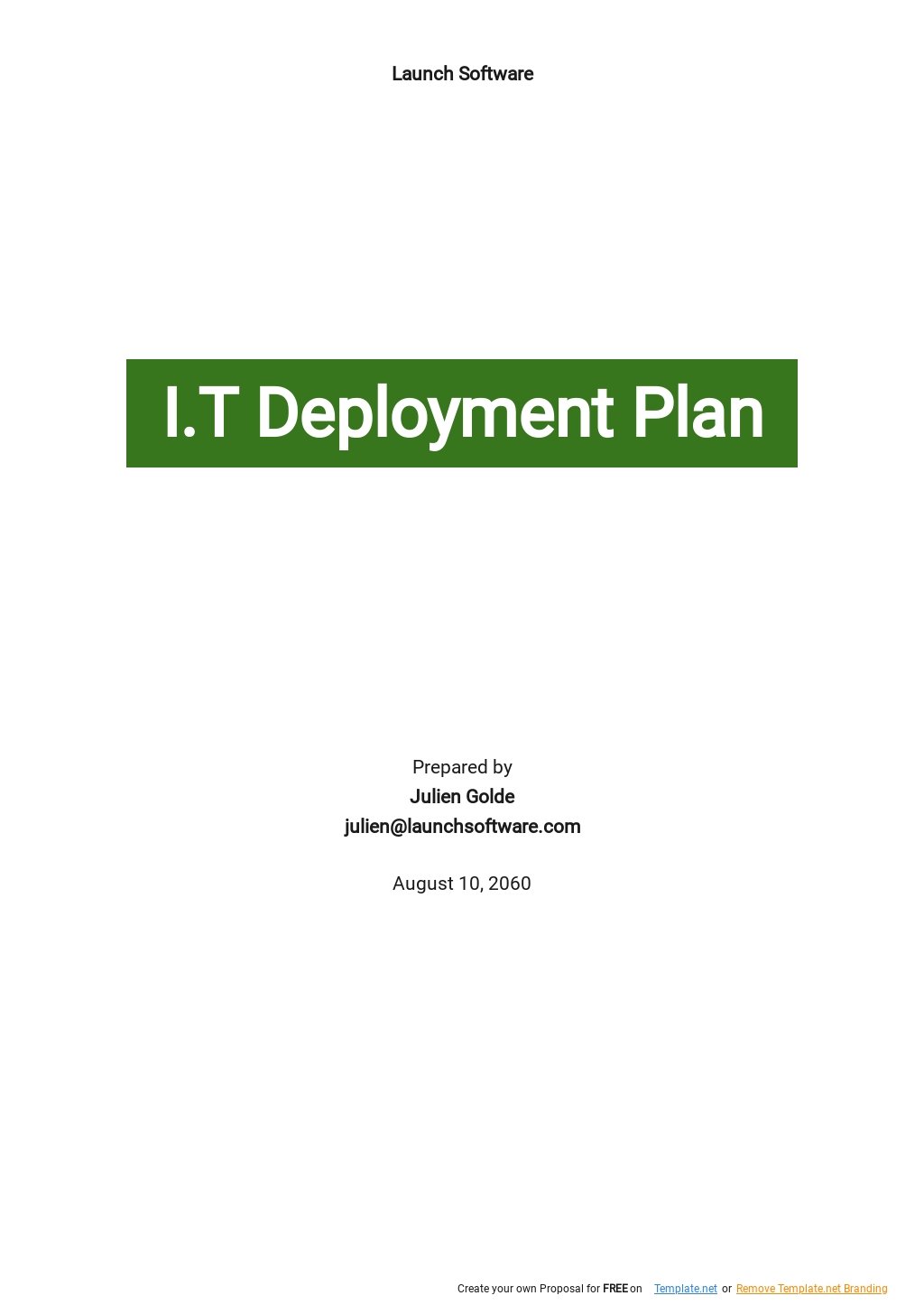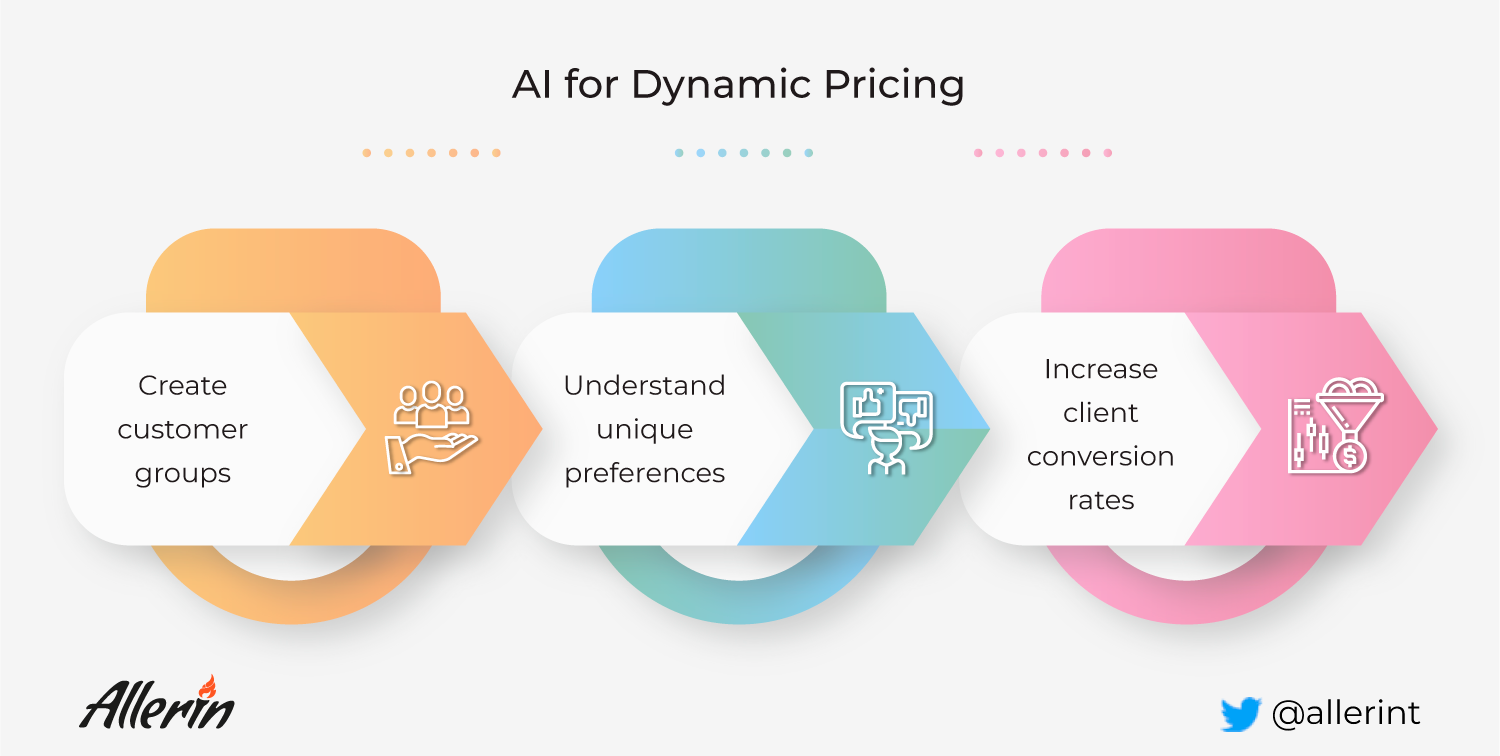What are ARM Templates and Why Use Them?
Azure Resource Manager (ARM) Templates stand as a cornerstone of Infrastructure as Code (IaC) within the Azure ecosystem. These templates facilitate the automation of resource deployments, offering a pathway to repeatability, consistency, and robust version control. An ARM template functions as a declarative blueprint, specifying the desired state of Azure resources without detailing the step-by-step process to achieve that state. This declarative approach contrasts sharply with imperative methods, where the exact sequence of operations must be defined. The preference for declarative IaC stems from its ability to reduce complexity and the risk of errors, allowing for more predictable and reliable deployments. An ARM template ensures that resources are deployed identically each time, promoting uniformity across different environments, from development to production. The utilization of an ARM template enhances the infrastructure management process by embedding configurations directly into the code base, which subsequently simplifies modifications and rollbacks. This fundamental shift toward managing infrastructure through code is what distinguishes the ARM template as a critical tool for modern cloud deployment.
The essence of using an ARM template lies in its capacity to transform infrastructure management from a manual, error-prone process into an automated, efficient operation. With an ARM template, deployments become both faster and more consistent, reducing the likelihood of configuration drifts. The ability to version control an ARM template also allows teams to track changes and revert to previous states when necessary. This capability is invaluable for continuous integration and continuous deployment (CI/CD) pipelines. By embracing the declarative nature of ARM Templates, developers and operators can concentrate on defining the desired infrastructure state, and Azure will handle the underlying mechanics of provisioning and maintaining resources. This shift significantly reduces the cognitive load involved in infrastructure management, enabling teams to deploy resources in a much more reliable manner, while reducing configuration errors and manual intervention. The consistent application of an ARM template across projects also promotes the standardization of practices, leading to improved governance and resource management.
Furthermore, using an ARM template means that infrastructure becomes an artifact, similar to other parts of the application. This approach allows for testing of infrastructure changes and the implementation of proper code review practices. An ARM template promotes efficient collaboration across development, operations, and security teams. The advantages in utilizing an ARM template are clear: increased speed, improved reliability, enhanced consistency, and decreased manual effort. With these tools, organizations can better manage their cloud resources and ensure that all environments are aligned with best practices, improving overall efficiency, control, and security. The adoption of the ARM template is not just a technical choice, but a strategic move toward a more agile and scalable cloud management strategy.
How to Create a Basic Azure Deployment Template
Creating a basic Azure deployment arm template involves understanding its fundamental structure. An arm template is essentially a JSON file that defines the infrastructure and configurations for Azure resources. The structure typically includes several key sections: parameters, variables, resources, and outputs. Parameters allow you to input values during deployment, making templates reusable for different scenarios. Variables help define reusable values within the template. Resources are the core of the arm template, defining the Azure services and their configurations to be deployed. Outputs are used to return values after a deployment is complete, such as the connection string for a database or a public IP address for a virtual machine. To get started, one might begin with an example such as deploying an Azure storage account. This simple example would involve defining a resource block with the necessary parameters (like account name), variables for standard properties, and output the connection string for later usage. This initial arm template can be written using any text editor by hand, or using tools like Visual Studio Code with the Azure extensions for code autocomplete and validation to minimize syntax errors and increase coding speed. Understanding these sections is crucial to understanding the core structure of an arm template.
Let’s consider a step-by-step approach to creating a basic arm template for deploying a storage account. First, you will define a parameters section that allows you to provide a name for the storage account, like this:
"parameters": { "storageAccountName": { "type": "string", "metadata": { "description": "Name of the Storage Account" } } }
Next, you will define the resources section, which contains the actual definition of the storage account, specifying the API version, location, account type, and name using the parameter defined before.
"resources": [ { "type": "Microsoft.Storage/storageAccounts", "apiVersion": "2021-09-01", "name": "[parameters('storageAccountName')]", "location": "[resourceGroup().location]", "sku": { "name": "Standard_LRS" }, "kind": "StorageV2", "properties": {} } ]
Finally, you can also define an output section to return the storage account’s connection string. This involves using template functions to retrieve the necessary information.
"outputs": { "connectionString": { "type": "string", "value": "[concat('DefaultEndpointsProtocol=https;AccountName=',parameters('storageAccountName'),';AccountKey=',listKeys(resourceId('Microsoft.Storage/storageAccounts', parameters('storageAccountName')),'2021-09-01').keys[0].value,';EndpointSuffix=','core.windows.net')]" } }
These steps provide a foundation for deploying simple resources with an arm template and serve as a starting point for more complex deployments. You should save this as a JSON file and deploy it to Azure using the Azure Portal, Azure CLI or PowerShell.
Understanding Key Components of an ARM Template
An ARM template is structured around several key components that work in harmony to define and deploy Azure resources. These components include parameters, variables, resources, and outputs, each serving a distinct purpose in the deployment process. Parameters act as inputs to the ARM template, allowing for customization during deployment. They enable users to provide specific values for configurations like virtual machine sizes, storage account names, or network settings, making the ARM template reusable across different environments or scenarios. For example, a parameter could define the admin username and password for a virtual machine, ensuring sensitive information is not hardcoded within the template. This approach makes the ARM template more flexible and avoids repetitive template creation when only slight variations are required. Variables, on the other hand, facilitate the reuse of common values within the ARM template itself. They allow you to define a value once and reference it multiple times throughout the template. This reduces redundancy, makes the ARM template easier to read and maintain, and also helps ensure consistency in configurations across deployments. For instance, if you use a specific region for several resources, you can define the region as a variable, making it easily changeable in the future and avoiding the need to update multiple occurrences of the same value. These components work together to construct a highly customizable and reusable ARM template.
The resources section is where the actual Azure infrastructure components are defined. Within this part of the ARM template, each resource, such as a virtual machine, storage account, or network interface, is declared using its specific properties. You define the resource type, API version, location, and any other necessary configuration settings required for its deployment. For example, a virtual machine resource definition would specify the image, size, network configurations, and any extensions to be installed. This is the main body of the ARM template. Finally, the outputs section allows the ARM template to return values after deployment is completed. These outputs can include connection strings, resource IDs, or any other relevant information that can be useful to integrate with other systems or to reference when you need to access the newly deployed resources. The usage of outputs allows ARM templates to not only deploy the infrastructure but also provides critical information for post-deployment activities. An example of output would be the public IP address assigned to a virtual machine, or the fully qualified domain name of a created storage account. In summary, a well-structured ARM template uses parameters for customization, variables for reusability, the resources section for defining Azure resources, and outputs to return useful deployment results. These key components together provide a powerful method for managing cloud infrastructure.
Leveraging Template Functions for Dynamic Deployments
The real power of an ARM template is unleashed through the use of template functions, which enable dynamic and intelligent deployments. These functions allow for the manipulation of data, decision-making within the deployment process, and the creation of more flexible and reusable infrastructure code. For example, string manipulation functions such as ‘concat’ and ‘substring’ are invaluable for constructing unique names or generating dynamic configurations based on input parameters. Consider a scenario where a resource name needs to include a timestamp; using the ‘utcNow()’ function in conjunction with ‘concat’, the ARM template can generate a name that is unique for every deployment. Another common need is conditional deployments; utilizing logical functions like ‘if’ and ‘equals’, an ARM template can selectively deploy resources based on parameters or other conditions, making it possible to have deployments that adapt to different environments or needs. Date and time functions, like ‘dateTimeAdd’, are also useful for scheduling deployments or expiring resources at specific intervals. These functions provide a way to perform complex operations directly within the ARM template, reducing the need for external scripts and making deployments more self-contained.
Resource lookup functions are another crucial aspect of dynamic ARM template deployments. Functions such as ‘resourceId’, ‘reference’, and ‘listKeys’ allow the ARM template to retrieve information about existing resources or resources within the same deployment, enabling the creation of inter-dependent deployments. For instance, if a virtual machine needs to connect to a specific storage account, the ‘resourceId’ function can be used to retrieve the ID of the storage account, avoiding hard-coding specific values. The ‘reference’ function allows for fetching a resource’s properties, allowing dynamic configuration based on previous deployments or parameters. These lookups ensure that dependencies are properly handled and prevent errors from occurring due to missing or incorrect information. A common use case is to access the connection string for an existing database account using ‘listKeys’, and pass that to an application service. This prevents the exposure of sensitive information inside of the arm template file and can be used by other services without direct dependencies.
Using template functions creatively can greatly enhance the reusability and maintainability of your ARM template. The ability to perform calculations, string manipulation, and resource lookups within the template itself allows for very complex deployments using the ARM template engine without extra complexity. By using template functions, developers can create complex deployment scenarios without introducing additional scripting dependencies and can be fully managed with Infrastructure as Code. These functions facilitate deployments that are not only consistent but also adaptable to varying requirements and are essential for creating sophisticated and robust solutions.
Best Practices for Writing Effective Deployment Templates
Creating maintainable and efficient ARM templates is crucial for successful infrastructure as code (IaC) deployments. A well-structured arm template not only simplifies the deployment process but also reduces the chances of errors and enhances collaboration among teams. One key aspect is adopting descriptive naming conventions for parameters, variables, and resources. This ensures that the purpose of each component is clear at a glance, making it easier for anyone to understand and modify the template. Moreover, employing modular design is paramount; break down complex deployments into smaller, manageable templates, promoting reusability and simplifying maintenance. Effective commenting within the arm template is also vital; comments should explain the ‘why’ behind decisions, not just the ‘what’, offering valuable context for those who might be less familiar with the template. Consistent application of these techniques leads to a cleaner, more transparent, and adaptable infrastructure deployment strategy.
Parameterization stands as another cornerstone of effective arm template development. Hardcoding values makes templates inflexible and difficult to adapt to different environments or use cases. Using parameters allows for dynamic configurations and reusability of the same template in multiple scenarios. Furthermore, thorough testing of each template prior to production deployment is crucial. This helps in detecting any syntax errors or inconsistencies. Leverage Azure’s deployment history and test deployment modes to identify possible issues early. An essential part of the development workflow should also include rigorous syntax checks that validate each arm template’s code. Adopting version control is absolutely essential. By integrating your ARM templates with a version control system (like Git), you preserve a history of changes, enable efficient collaboration, and provide a means to revert to previous versions if issues arise. Implementing these practices consistently leads to more reliable, scalable, and maintainable infrastructure deployments.
Furthermore, a best practice often overlooked involves structuring the files within the project. Organize templates and supporting files to provide logical separation and clarity, so all developers understand the structure of the files. Always seek to leverage template functions that can help to reduce the amount of hardcoded data, increasing the flexibility and scalability of any arm template. Also, avoid placing sensitive data directly into the arm template; instead, use Key Vault or secured parameters, enhancing the security of your infrastructure. Finally, a good practice is to perform a peer review of arm template code with other team members, and to ensure the proper usage of the template, as well as the implementation of all the established standards.
Troubleshooting Common Issues with ARM Templates
Deploying infrastructure with ARM templates can sometimes present challenges. One of the most common issues arises from syntax errors within the ARM template itself. These errors are often due to typos, incorrect formatting, or misuse of template functions. When encountering a deployment failure, the first step is to carefully examine the error message provided by Azure. These messages often point directly to the problematic section within the ARM template, such as an invalid property name or incorrect data type being used. The Azure portal provides a detailed deployment history, which allows for a close examination of the specific step where the deployment failed, aiding in pinpointing the exact problem area in your arm template. Utilizing a JSON validator before deploying can help catch most of the syntax and formatting errors, and a test deployment, without actually provisioning resources, can be a very effective way to check your arm template prior to production deployment.
Another frequent problem stems from incorrect parameter definitions or missing dependencies between resources declared in the arm template. Parameter mismatches can result in unexpected deployment behavior or outright failures, especially when a parameter’s expected type or constraints are not met during deployment. Resource dependencies that are not correctly defined can cause deployment orders to be wrong, leading to errors because one resource might be required by another that is not created yet. The careful use of the `dependsOn` property is needed to define dependencies between resources, ensuring that Azure creates and configures each in the proper sequence. Furthermore, issues may surface due to permission problems or limitations imposed by Azure policies in the target environment. Verifying that the service principal or user account initiating the deployment possesses the necessary permissions to deploy the required resources is essential. Always check also if the arm template is trying to deploy resources that are restricted by any Azure policies.
Lastly, ARM template deployments can be affected by limitations in API versions or resource configurations. If the arm template is trying to use outdated API versions or use configurations that are no longer supported by Azure, the deployment will fail. Keeping the API versions in your arm template up to date and also double checking the configuration options, according to Azure documentation, will prevent issues. Thoroughly testing the arm template in a non-production environment before deploying in production will identify issues and validate that the deployments happen as expected, helping significantly with the resolution of most problems. By carefully addressing these common errors and applying debugging strategies, the process of deploying resources through ARM templates can become more predictable and effective.
Managing Deployments with Template Specs and Deployment Scripts
Effective management of Azure deployments often requires more than just the basic capabilities of an arm template. Template Specs and Deployment Scripts offer enhanced techniques for organizing and executing complex deployments. Template Specs allow for the encapsulation and versioning of arm template deployments. Instead of dealing with multiple template files stored in different locations, a Template Spec provides a single, versioned Azure resource that contains all the necessary template information. This simplifies sharing and managing arm template deployments across teams and projects, as well as promoting reusability and ensuring consistency through version control. By creating a template spec, the arm template is stored within Azure, and access is controlled through role-based access controls (RBAC). This promotes a more secure and streamlined deployment process.
Deployment Scripts extend the capabilities of an arm template by enabling the execution of custom scripts within the deployment process. These scripts can be used to perform actions that are not natively supported by arm template syntax. For example, deployment scripts can run PowerShell or Bash commands to configure settings after a resource has been deployed, or connect to other APIs or services. This allows you to handle more specialized pre-deployment or post-deployment steps in an automated manner. Deployment Scripts run as Azure Container Instances, creating a dedicated execution environment, and integrate seamlessly into the arm template deployment flow. The usage of these allows for a more complete automation of complex tasks, integrating other system operations that are not directly provided by the core arm template functionalities. This enhanced management of your infrastructures helps maintain a more streamlined and controlled environment, further enhancing the overall efficiency.
The combination of Template Specs and Deployment Scripts offers a more robust and versatile approach to managing infrastructure deployments. Template Specs introduce a way to handle arm template as a deployable artifact, improving organization and control. Deployment Scripts provide the tools needed to extend the functionality of templates for very complex situations or when additional custom operations are required before, after, or during the deployment. By implementing these techniques, users can build more sophisticated, reusable, and reliable Azure infrastructure deployments using the power of an arm template. These tools address many limitations and provide the flexibility needed for complex infrastructure as code scenarios.
Future of Resource Management: Bicep and Beyond
The landscape of Infrastructure as Code (IaC) is continuously evolving, and while ARM Templates have been a cornerstone of Azure resource deployment, new tools and languages are emerging to address the complexities of modern cloud environments. Bicep, for example, represents a significant step forward in simplifying the creation and maintenance of ARM template deployments. Bicep offers a more concise and readable syntax compared to the JSON-based ARM template format, abstracting away some of the complexities while still transpiling to a valid ARM template at the end. This enhances both the development experience and the maintainability of infrastructure code. Bicep provides type safety, modularity, and better tooling, which can dramatically reduce the effort required to build and manage complex Azure deployments. The transition from ARM template JSON to Bicep often leads to cleaner, more understandable code, thereby improving team collaboration and speeding up development cycles. The declarative nature remains consistent with ARM template, ensuring that the underlying principles of IaC are upheld while the authoring experience becomes more streamlined.
Looking beyond Bicep, the future of resource management is likely to see further advancements in areas such as policy-as-code, automated compliance checks, and AI-driven optimization of infrastructure deployments. The core concepts and best practices learned while working with ARM templates will remain extremely relevant, forming a solid foundation for adapting to these emerging technologies. The knowledge of declarative infrastructure, understanding of resource dependencies, and the importance of version control, gained through ARM template experience, will be directly applicable to managing infrastructure with newer methods. As the cloud evolves, the underlying principles of IaC that are embedded within ARM template practices will continue to provide a valuable framework for managing increasingly sophisticated environments. This means that investment in understanding ARM template concepts provides lasting value, despite the ongoing innovation in the field.
The techniques for structuring and parametrizing deployments, along with the understanding of Azure resource models, are directly transferable skills to any next generation infrastructure as code tools. The shift towards higher-level abstractions, like Bicep, signifies a move to ease of use and efficiency but does not negate the significance of the fundamental principles behind ARM template, which will continue to be crucial for effective cloud resource management. This is not about replacing current knowledge, but rather expanding and adapting it, ensuring that as a practitioner, you will remain adaptable and valuable in any cloud environment evolution.



